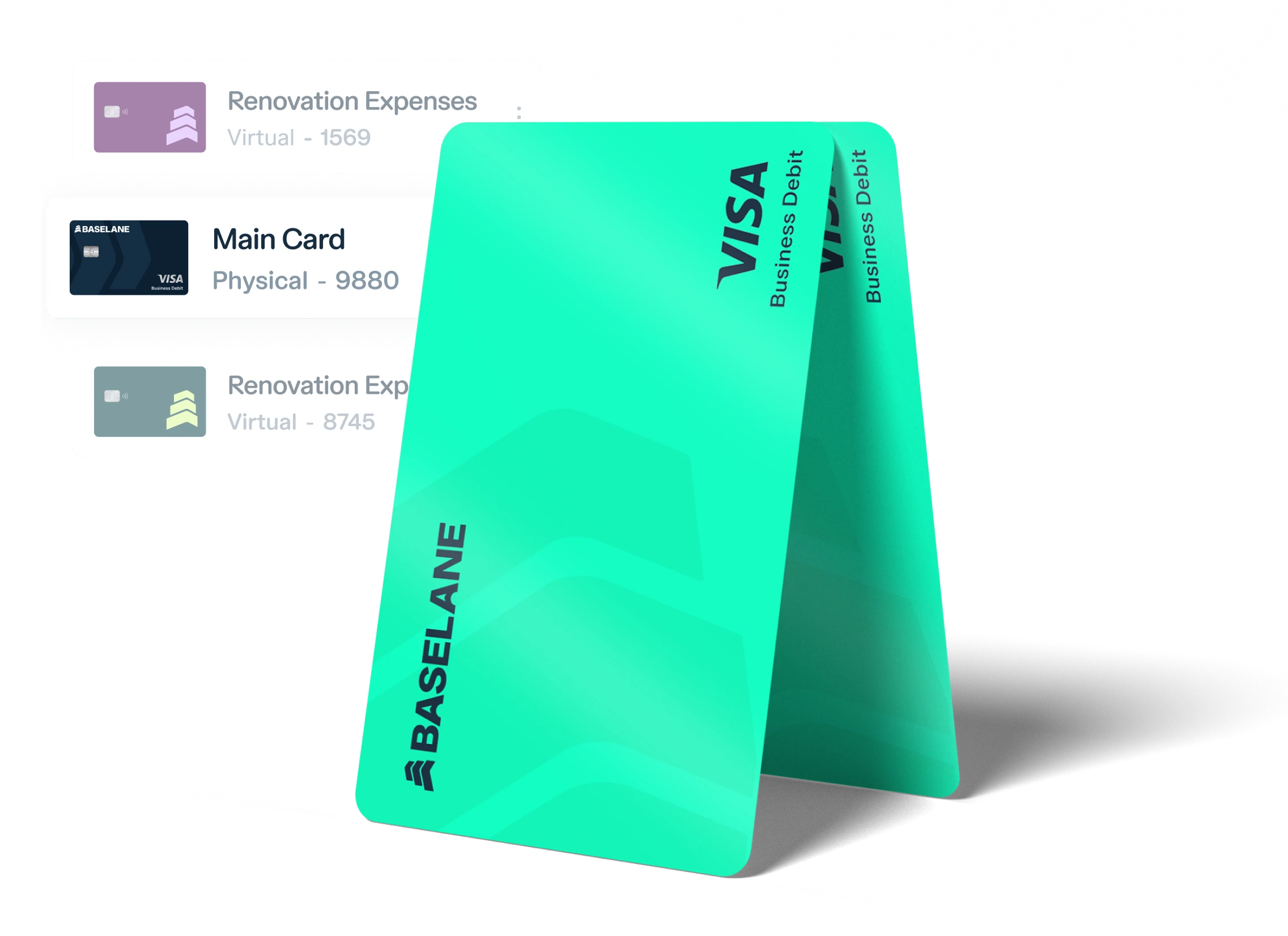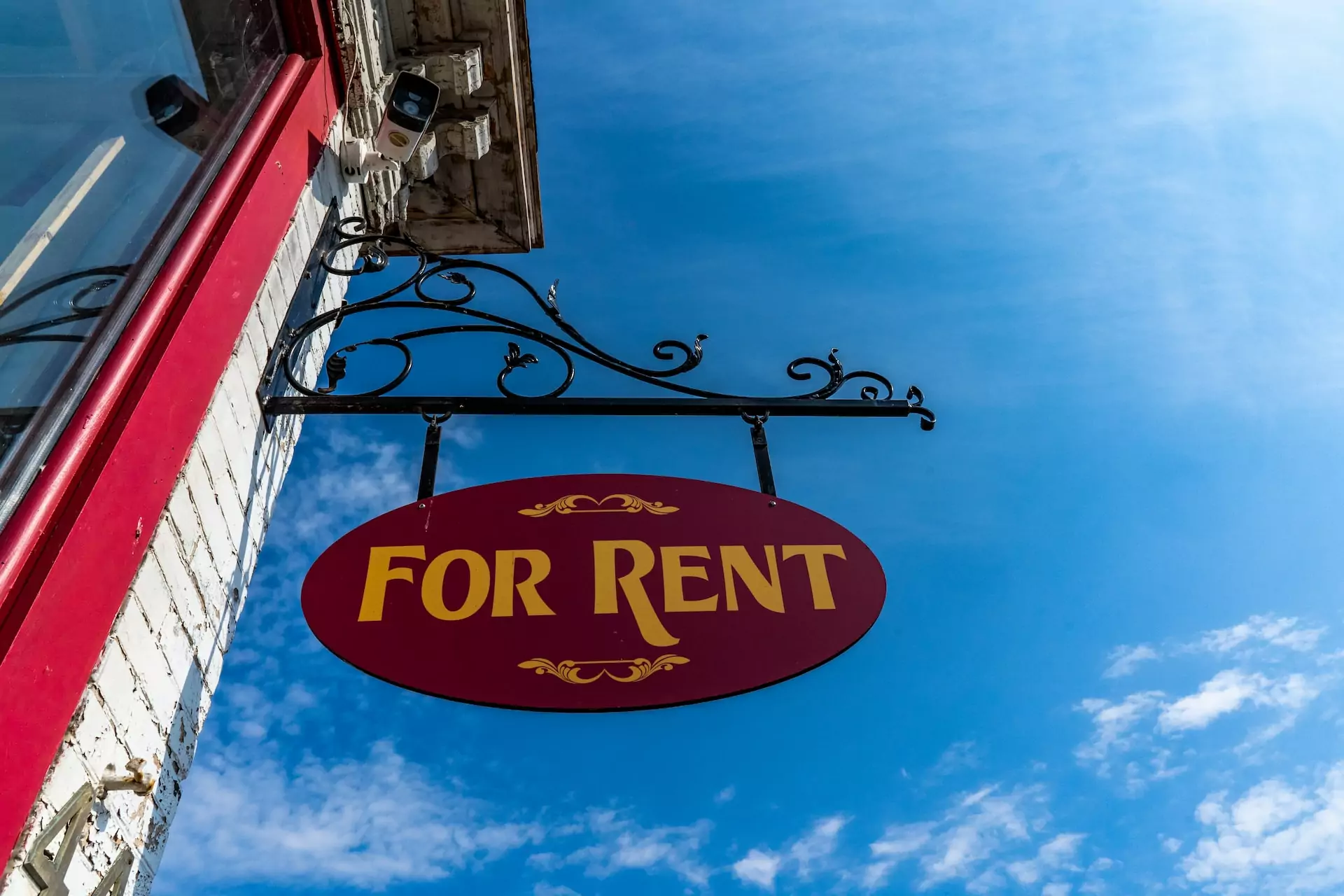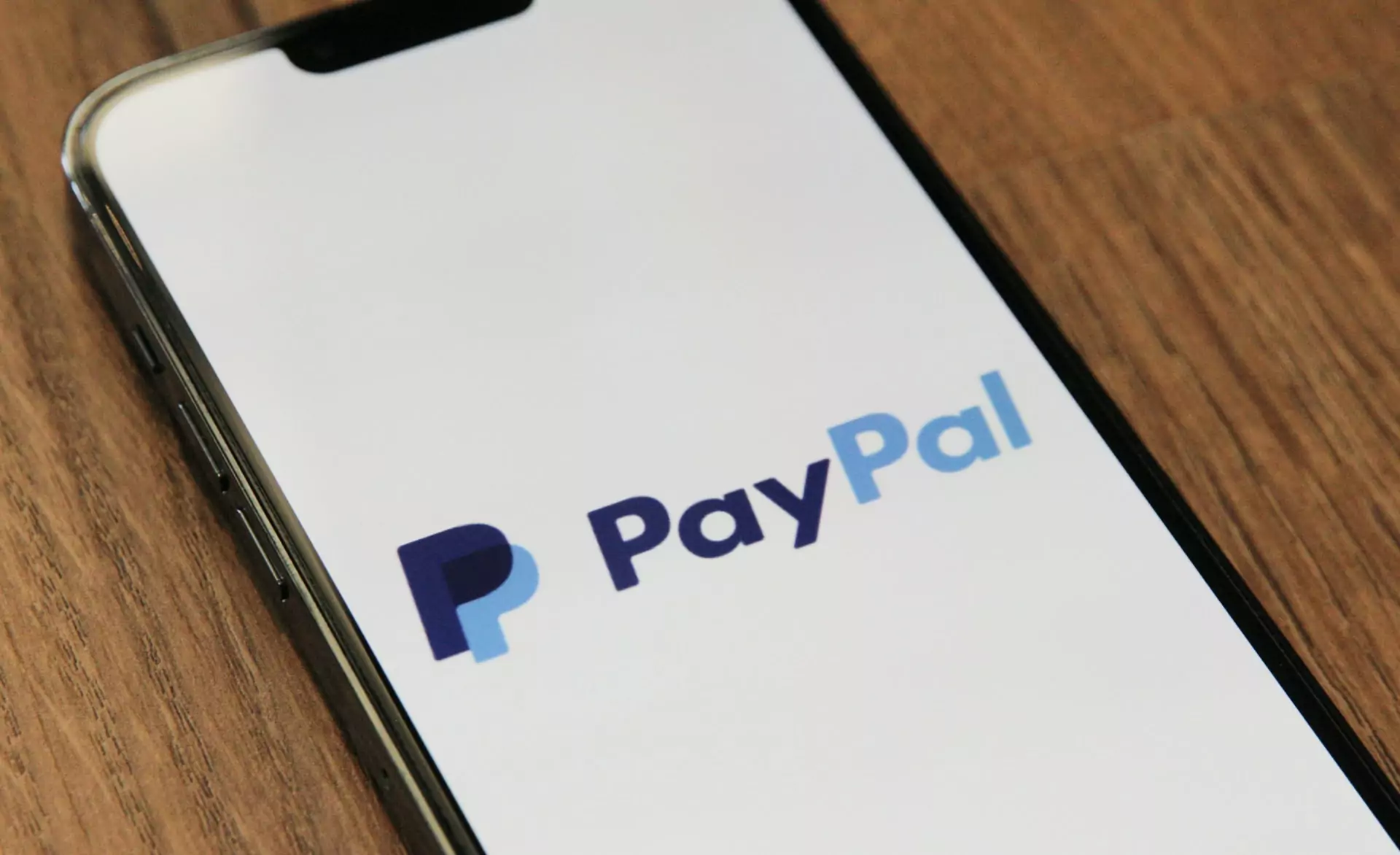Managing rental property finances efficiently is key to profitability. Relying solely on checks or cash for rent collection can be time-consuming, insecure, and unpredictable. Electronic payment methods, specifically ACH, offer a modern solution for landlords seeking greater control and predictability.
This guide dives into what ACH is, how it works for rent, and how you can set it up, including understanding the crucial role of routing and account numbers.
Key takeaways
- ACH (Automated Clearing House) is a secure electronic network for transferring funds between bank accounts.
- Using ACH for rent provides benefits like lower costs, increased security, automation, and better record-keeping.
- Landlords can set up ACH rent collection through their bank, property management software, or dedicated payment processors.
- A separate [bank account for rental property] is crucial for organizing ACH payments and financial tracking.
- Tenants need their bank’s routing number and their account number to set up ACH payments.
- While fast, ACH processing typically takes 1-3 business days to settle.
What is ACH, and how does it work for rent?
ACH stands for Automated Clearing House. It is an electronic network used for financial transactions in the United States. This network facilitates payments between different bank accounts.
For rent collection, the Automated Clearing House payment system allows landlords to initiate a direct transfer of funds from a tenant’s bank account to their own rental property account. This process is often referred to as direct payment or electronic check. The ACH network processes these transactions securely and efficiently.
Why landlords are switching to ACH rent collection
Landlords are increasingly adopting ACH for rent collection due to its numerous advantages over traditional methods. These benefits streamline operations and improve financial management. Switching can significantly impact your rental business’s efficiency and bottom line.
Predictable and timely payments
ACH payments allow you to schedule recurring rent payments automatically. This automation leads to a 40% reduction in late payments, according to industry data. Predictable payment timing helps manage cash flow and reduces the need to collect unpaid rent or worry about when rent is considered late.
Lower transaction costs compared to other methods
Compared to credit or debit card payments, ACH transactions are significantly more cost-effective. Fees often range from $0.26 to $0.50 per transaction. This is much lower than the typical 3-5% fee charged for card transactions. These savings add up, especially for landlords with multiple properties.
Enhanced security and reduced risk
ACH transactions are processed through secure banking networks, offering a higher level of security than checks or cash. Funds move electronically, reducing the risk of lost or stolen payments. Bank-level encryption helps protect sensitive financial information during the transfer.
Streamlined record-keeping and financial management
ACH payments automatically create electronic records of each transaction. This simplifies bookkeeping and reconciliation significantly.
Integrated systems can automatically tag income to specific properties, making tasks like generating rent rolls or calculating annual rent much easier. This streamlined approach saves time and improves accuracy for tax season.
Time savings through automation
Automated rent collection systems, often leveraging ACH, can save property managers over 20 hours per property listing. This automation frees up valuable time previously spent chasing checks, going to the bank, or manually updating spreadsheets.
How to set up ACH payments as a landlord
Landlords have several avenues for setting up ACH rent collection. The best method depends on your portfolio size and preferred level of integration. Each option offers different features and benefits for managing your rental income.
Setting up directly through Your bank
Some banks offer direct ACH services, allowing you to initiate electronic payments from your tenants’ accounts. You would typically provide the bank with the tenant’s banking details and authorization. This method might be suitable for landlords with only one or two units.
However, direct bank setups can be less automated than other options. They often lack features like automated reminders, late fees, or integrated bookkeeping. This means more manual work for tracking and reconciliation.
Using property management software
Many rent collection apps and property management software platforms offer built-in ACH capabilities. Platforms designed for landlords integrate rent collection directly with bookkeeping and reporting tools. These systems automate payment requests, reminders, and late fees.
Using software like Baselane connects your banking, rent collection, and bookkeeping. This integration simplifies receiving ACH payments and automatically categorizes income, saving significant time. Property management software can also help manage other tasks, impacting overall costs compared to what property managers charge might entail.
Using a dedicated payment processor
Specialized payment processors focus solely on facilitating electronic transactions, including ACH. These services can integrate with existing property management workflows or standalone systems. They often provide robust APIs for custom integrations.
While effective for payment processing, a dedicated processor may not offer integrated property management or bookkeeping features. You might need to use separate tools for those functions. This can lead to fragmented financial data.
Importance of your rental property bank account in ACH setup
Using a dedicated bank account for rental property is fundamental for managing your rental business finances correctly. This separation is crucial for legal, financial, and tax reasons. Linking your ACH rent collection to this account is a best practice.
Why a separate account is crucial
Mixing personal and business funds in the same account makes financial tracking difficult and messy. A separate account simplifies bookkeeping, makes it easier to track income and expenses, and provides a clear audit trail. This practice is essential for businesses of any size, including those using the brrrr method.
A separate account helps you accurately calculate profitability and simplifies tax reporting, especially Schedule E. It creates a professional boundary between your personal finances and your investment activities.
Linking Your Business Account for ACH
When setting up ACH rent collection, whether through a bank or software, you will link your rental property business bank account to receive payments. This ensures rent funds go directly into the designated account.
Using an integrated platform like Baselane automatically deposits collected rent into your business checking account. This further streamlines your financial workflow, keeping all rental income organized in one place.
What are ACH routing numbers and account numbers?
To set up ACH payments, you and your tenant need to provide specific banking information. The two primary pieces of information required are the routing number and the account number.
An ACH routing number is a nine-digit code that identifies the financial institution of the account holder within the ACH network. It tells the network where to send the funds. The account number identifies the specific account at that institution from which the funds should be drawn.
Both numbers are necessary for the ACH network to correctly identify the source and destination of the funds. They act like addresses for the electronic transfer. Providing incorrect numbers can lead to failed payments.
How to find your routing number
Your bank’s routing number is usually found on your bank’s website or mobile app. It is also printed on your checks. You can find it at the bottom of a check, typically the first nine digits from the left.
Unlike traditional banking, Baselane provides you with your specific routing number and account number directly within the platform. This makes it easy to provide your tenants with the necessary information for them to set up payments to your account. Your account number is unique to your specific account.
How tenants can find their information
Tenants can find their bank’s routing number and their personal account number in several ways. Their bank’s website or online banking portal is a common place to locate this information. They can also find it on their checks.
The routing number is usually the first nine digits at the bottom of their check. Their account number will be next to it, though the exact order can vary slightly by bank. Providing clear instructions helps tenants locate this information accurately for setting up payments.
Addressing Security Concerns
Sharing banking information requires trust, and tenants may have security concerns. Explain that ACH is a standard, secure banking process used for many types of electronic transfers, like payroll direct deposit.
Using reputable platforms that employ bank-level security measures helps protect their data. Highlighting the security benefits of electronic transfer over paper checks can ease tenant worries.
How to guide your tenants through ACH setup
Successfully implementing ACH for rent depends on tenant adoption. Providing clear instructions and support makes it easier for your tenants to set up payments. Communication is key to a smooth transition.
What information they need
Tenants will need your routing number and account number to set up payments to you. They will also need to know the exact rent amount and the due date. For automated systems, they will need access to the payment portal.
If using an integrated platform like Baselane, tenants receive an invitation to a dedicated tenant portal. This portal walks them through entering their banking information securely. The system prompts them for the necessary details.
How they authorize payments
Tenants must authorize you or your platform to debit their bank account for rent. This authorization is typically done electronically through the payment platform or via a written agreement. Using an online system generates a clear digital record of their consent.
Authorization confirms they agree to the electronic transfer of funds. It ensures compliance with banking regulations for ACH transactions. Make sure your lease agreement or a separate addendum addresses electronic payment authorization.
Setting up recurring payments
Most tenants prefer the convenience of setting up recurring automatic payments. This ensures rent is paid on time each month without them having to initiate it manually. Platforms often allow tenants to schedule payments based on the rent due date.
Setting up auto-pay reduces the chance of missed payments. It provides both you and the tenant peace of mind. Show tenants how easy it is to set up recurring payments within the system you provide.
Banking Built for Real Estate Businesses
Open unlimited accounts for properties and security deposits with no monthly fees.
Potential drawbacks of using ACH and how to address them
While ACH offers significant advantages, there are potential challenges. Understanding these drawbacks helps you prepare and address them proactively. Most challenges can be mitigated with clear communication and the right system.
Processing times
ACH transfers are not instant. They typically take 1-3 business days to settle, meaning the funds are not immediately available in your account. This is longer than instant transfer apps, but generally faster than mailing a check. Plan for this processing time when managing your cash flow, especially if your lease specifies when rent is considered late.
Some platforms may offer faster processing options, sometimes called QuickPay, which can reduce settlement time to 2-5 days. However, standard ACH timing should be factored into your financial planning.
Failed payments
ACH payments can fail for reasons like insufficient funds, incorrect account information, or account closure. Failed payments require manual follow-up and can incur fees from both your bank and the tenant’s bank. Notify tenants promptly if a payment fails.
Using a platform with automated notifications for failed payments helps you address the issue quickly. Clear communication with tenants about late fees and alternative payment methods is essential in these situations.
Tenant adoption challenges
Some tenants may be hesitant to provide banking information online or be unfamiliar with ACH. Education is key to overcoming these challenges. Explain the benefits to them, such as convenience and avoiding fees associated with other methods.
Using a user-friendly platform with clear instructions and tenant support can significantly improve adoption rates. As 69% of tenants prefer online rent payments, the demand for electronic options is already high. Offer alternatives initially if some tenants are strongly resistant, but encourage the transition.
Comparing ACH to other rent payment methods
It’s helpful to see how ACH stacks up against other ways tenants might pay rent. Understanding the differences in cost, speed, and convenience can inform your choice of preferred payment methods. The table below summarizes key comparisons.
| Feature | ACH Payments (via software/service) | Credit/Debit Card Payments | Payment Apps (Venmo, Zelle) | Checks/Cash |
|---|---|---|---|---|
| Cost to Landlord | Very Low (often <$1) | High (typically 3–5%) | Variable (often free, but not designed for business) | Low (bank fees) |
| Cost to Tenant | Often free | Can have service fees | Often free | Low (check cost, bank fees) |
| Processing Time | 1–3 business days | 1–2 business days | Instant or near-instant | Variable (mail time, bank processing) |
| Automation | Yes (recurring payments) | Yes (recurring payments) | Limited (manual or third-party setup) | No |
| Security | High (bank-level encryption) | High (payment processor security) | Variable (designed for personal use, limited fraud protection) | Low (risk of loss, theft) |
| Required Tenant Info | Bank name, account #, routing # | Card #, exp date, CVV | Phone # or username, sometimes bank/card info | Check details |
| Record Keeping | Excellent (integrated reporting) | Good (processor statements) | Poor (manual tracking needed) | Poor (manual tracking needed) |
| Ease of Setup | Moderate (requires platform/service) | Moderate (requires merchant account) | Easy (app-based) | Easy (write a check, hand cash) |
| Chargebacks/Returns | Lower risk than cards | Higher risk than ACH | High risk for business transactions | None (cash), manual dispute (checks) |
| Mobile App | No | Yes | No | Yes |
This comparison highlights why ACH is a strong choice for landlords seeking a balance of cost, security, and automation. While payment apps are fast, they often lack the business features and protections needed for rental income. Credit cards are convenient but expensive for the landlord.
Bottom line
Adopting ACH for rent collection offers landlords a significant upgrade in efficiency, security, and financial clarity. By understanding how ACH works and the simple process of setting it up, you can move away from outdated payment methods. This transition not only saves you time and money but also provides a more predictable income stream.
Choosing the right platform to manage your ACH payments is crucial. Integrated financial platforms like Baselane combine banking, rent collection, and bookkeeping into one system.
This simplifies the entire process, from tenant setup using routing and account numbers to automatic categorization of income. By streamlining your financial operations, you gain better control and clarity, empowering you to grow your rental business.
FAQs
An ACH payment for rent is an electronic transfer of funds directly from a tenant's bank account to a landlord's bank account. It uses the Automated Clearing House network to facilitate the transaction securely. This method allows for convenient, often automated, rent collection.
Landlords can set up ACH rent collection through various channels. Options include using their bank's direct services, utilizing features within property management software, or partnering with a dedicated payment processor. Each method has different integration levels and features.
For a tenant to pay rent via ACH, they need their bank's routing number and their personal bank account number. They will also need your banking information (routing and account number) or access to a payment platform where they can securely enter this data. Authorization is required for the transaction.
Compared to credit cards, ACH fees are very low for landlords, often less than $1 per transaction. Tenants may incur fees depending on their bank or the payment platform used, but often, tenant-initiated ACH payments are free. Free services to sign up for often exist with platforms.
ACH rent payments typically take between 1 and 3 business days to fully settle. This means the funds are withdrawn from the tenant's account and become available in the landlord's account within this timeframe. Some services may offer faster processing for an additional fee.








